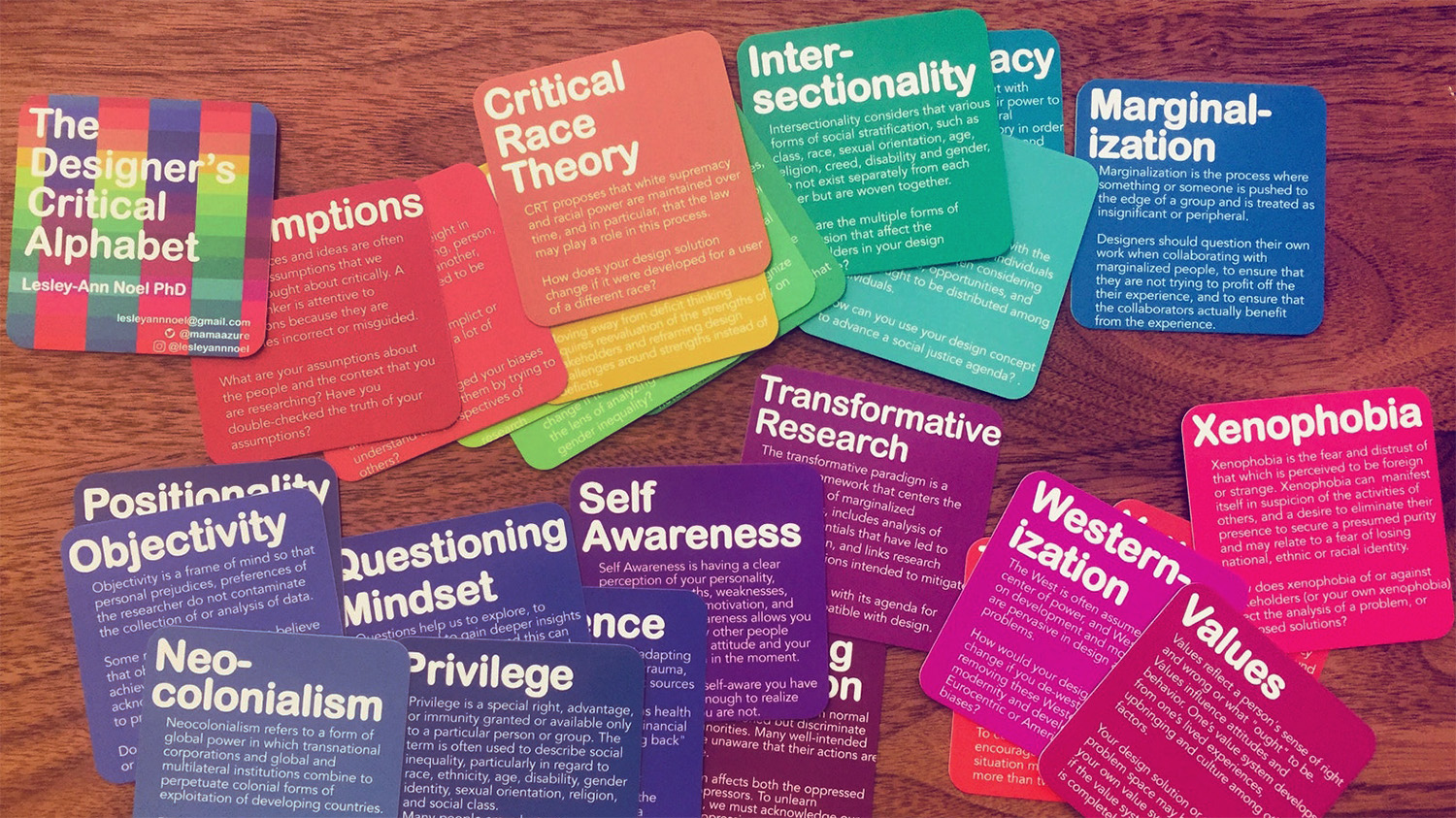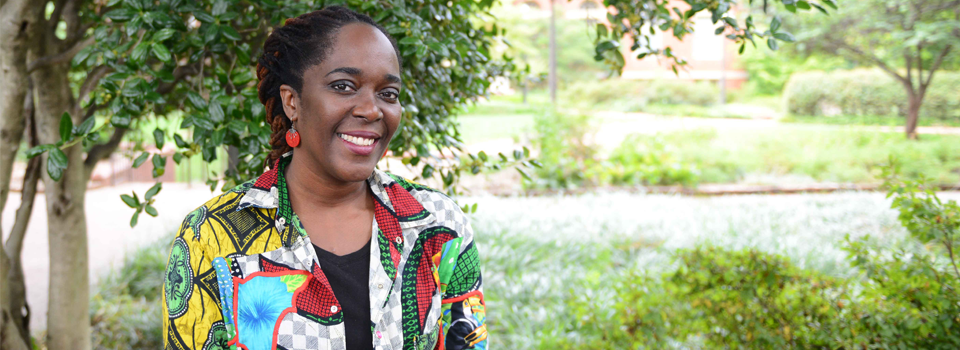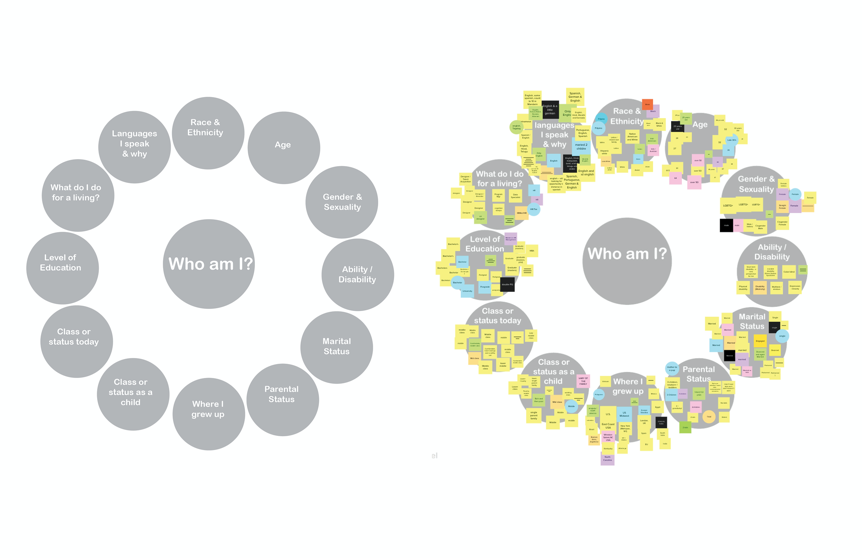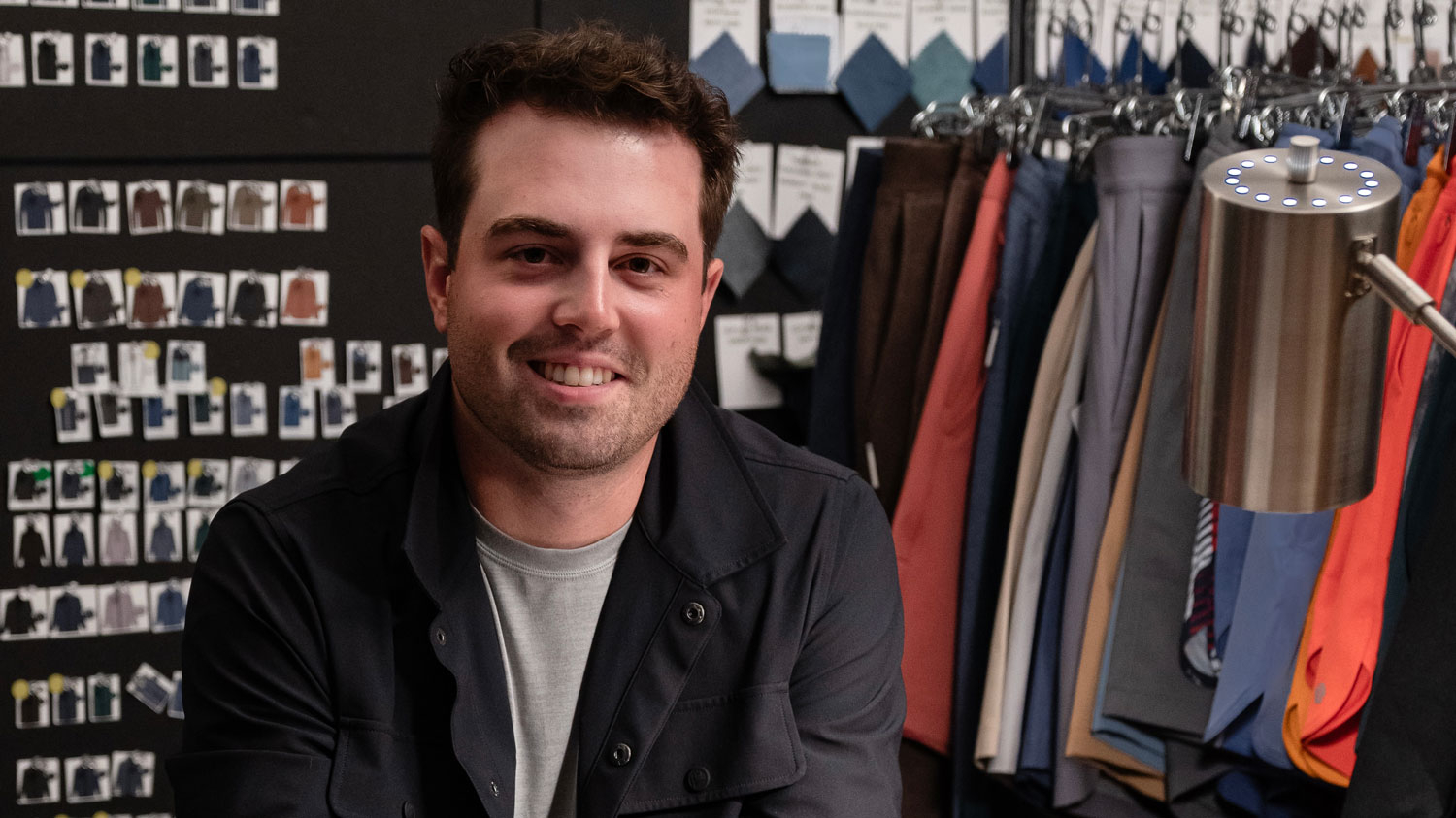From A-to-Z: Lesley-Ann Noel and Decolonizing Design

Throughout her career teaching design at home and abroad, there was one thing that stuck out to Dr. Lesley-Ann Noel – most of the concepts taught in classrooms across the world stemmed from a European perspective.
Her journey began at the Universidade Federal do Paraná in Curitiba, Brazil, where she earned her BA in industrial design. Then, she received her MBA from the University of the West Indies in Trinidad and Tobago. Afterward, she worked as the Associate Director of Design Thinking for Social Impact at Tulane University and lectured at Stanford University and the University of the West Indies.
To say that Noel’s experience in design has taken her places would be an understatement.

In 2018, she earned her Ph.D. in Design from the NC State College of Design and is now an assistant professor of Art + Design.
“When we think about design, maybe we think about Bauhaus. Maybe we think about people from California. Maybe we think about New York,” says Noel. “I want to make sure that students understand that design is practiced in a lot of places, and design can be done in a lot of different ways.”
Now, Noel aims to bring underrepresented voices into everyday design education through social innovation, inclusive community-led research and public health solutions. By creating tools such as the Designer’s Critical Alphabet and the “Who Am I” Positionality Wheel, she is making conversations around race and bias more common in classrooms and workplaces.
Cards Born Out of Anger
“It is Memorial Day, 2020. I am in California, barbecuing on the tiny patio of the apartment where I am staying to ‘hide’ from COVID-19,” wrote Noel in an October 2020 article published in Design Observer. “New Orleans, where I am based, has turned into a COVID hotspot, and my son and I have left the city for a bit to take refuge elsewhere.
Someone sends me the clip of the interaction between Amy Cooper and Christian Cooper in Central Park. My blood is boiling. I am so angry. I have been here before—maybe not in this exact situation—but I know what it is: that moment when a white person weaponizes their whiteness and your blackness.
Later that same day, George Floyd is murdered.”
A year earlier when she was teaching a research-intensive course on oceanic environments at Stanford University in California, one of the activities asked each student to interview someone that they had access to.
When the students returned to present their findings in the classroom, Noel noticed that the majority of the students chose to interview white men.
“I didn’t want to point fingers – I wanted to start a discussion,” says Noel. “I spent the rest of the quarter thinking about how to get students to consider other perspectives.”
It was a moment of recognition. She recognized how little her own education discussed race, identity, and culture – despite acquiring it in culturally-rich places like Brazil and Trinidad and Tobago.
This is when Noel began working on a deck of cards titled the Deisgner’s Critical Alphabet, aiming to bring new perspectives into the classroom. At that time it was, as she described, “a scrappy project” shared with just a few other colleagues in design education.
The prototype deck consisted of three categories: race, gender and age.
On these cards were the beginnings of what she calls the Critical Alphabet – building blocks for designers and design students to access multiple points of view, concepts and definitions.
For example, if one were to draw the “A” card they could learn about the concept of ableism – the discrimination and social prejudice against those with disabilities. The cardholder would then answer follow-up questions about how their design process challenges the issue of ableism and how they can be more inclusive towards those with disabilities.
Since October of 2020, almost 2,000 designers around the world have used the card deck and Noel has been working on expanding the Critical Alphabet with the help of her colleagues. The cards have even become more accessible through free online versions available in the App Store and the Google Play Store.
The Power of Positionality
Although the Critical Alphabet has applications in many sectors of design, Noel also recognizes that her own personal story can have an impact in the classroom.
“I’m a Black woman who is not American. I’m an older woman, as well. All of those groups have levels of exclusion that I’ve experienced personally,” states Noel.
With discussions of inclusion front and center on campuses nationwide since 2020, she believes that recognizing hegemony – the dominance of a single idea, practice or culture – in design is equally as important.
“I want us to be thinking about how people’s voices are excluded in design and then how can we make sure that these excluded voices are heard,” says Noel. “Whether it’s through student-centeredness, whether it is through community engagement, whether it is in diversifying the references in the classroom.”

Noel developed the Positionality Wheel while she was a teaching fellow at the Stanford d.school, building on work on positionality that began while she was a Ph.D. candidate at the College of Design. It is a tool used by students and colleagues to reflect and describe their identity and worldview, as well as identify how these impact their work as a team.
In the classroom, the concept of positionality can be used to provide a less Euro-centric perspective when it comes to design as well.
“It means that our students have to be doing research,” says Noel. “And we as professors can assign this research so that the students will actively think critically about new questions based on multiple identities. For example, how are people are working with animation in India? What are medical product designers doing in South Africa?”
In Noel’s current home, the Art + Design Design Studies program at the College of Design, she sees another opportunity to translate heavily academic ideas and turn them into something more accessible and applicable.
With much of her work centered around demystifying critical theory, she’s currently looking forward to the versatility the department brings to the table, as well as the potential collaborations with the college’s other disciplines.
“Design Studies ends up being a really good place for me to be because I am no longer discipline-specific,” states Noel. “If we could remove some of the silos that separate how we design, the more cross-disciplinary we can be, it would make our work a lot richer and a lot deeper.”
This post was originally published in College of Design Blog.


